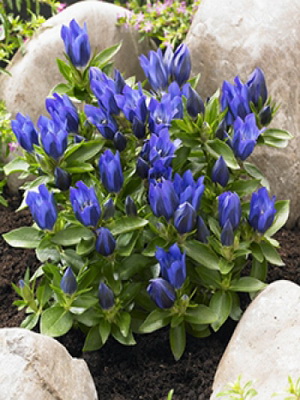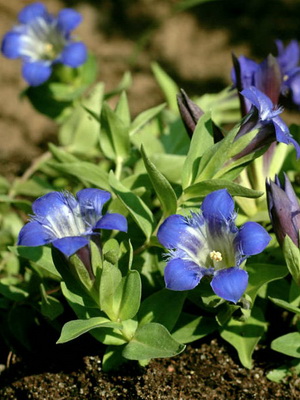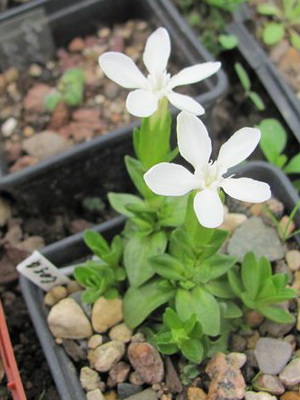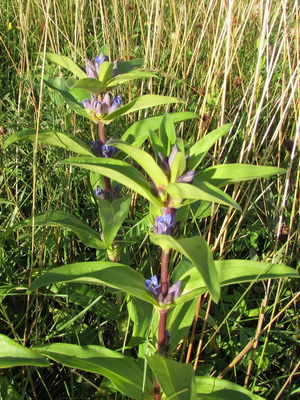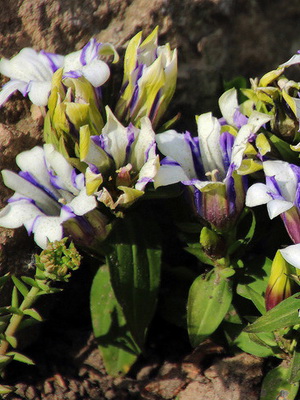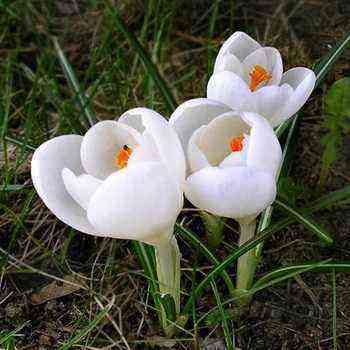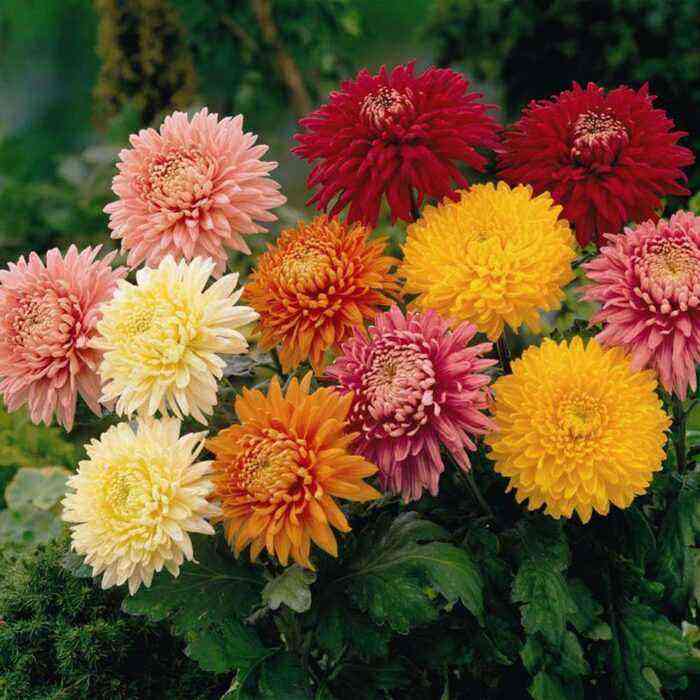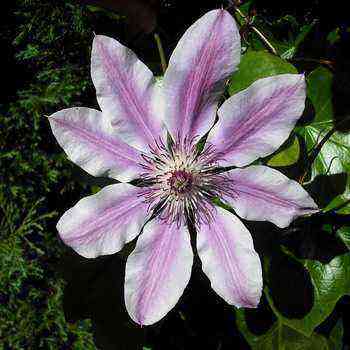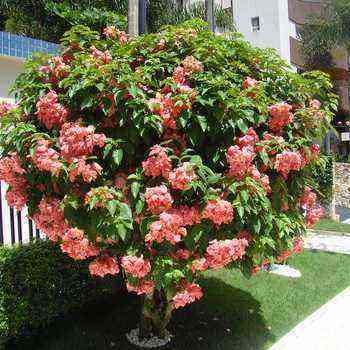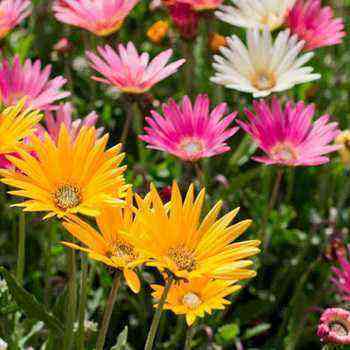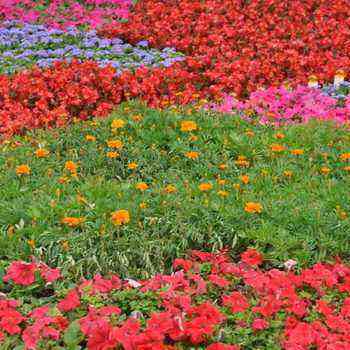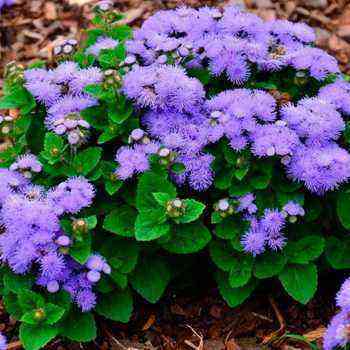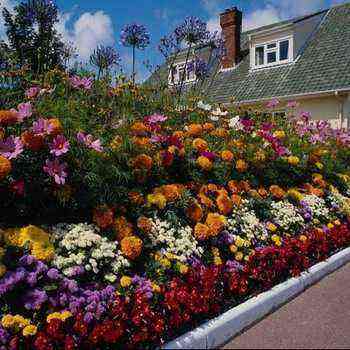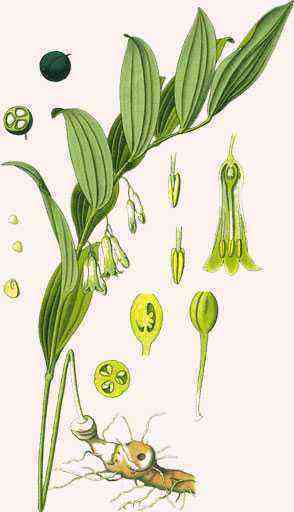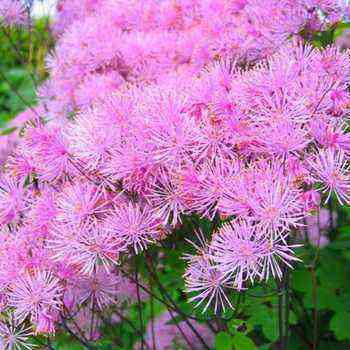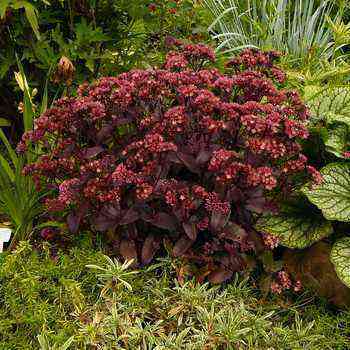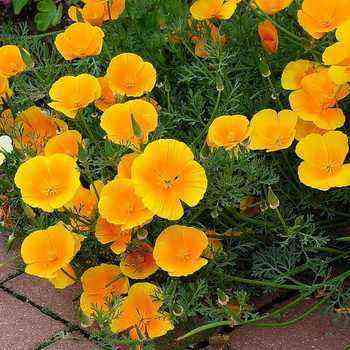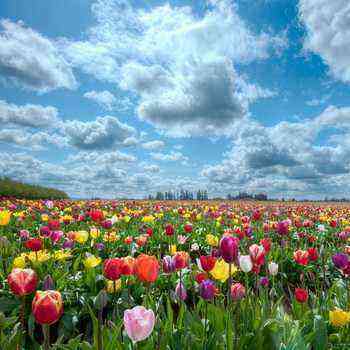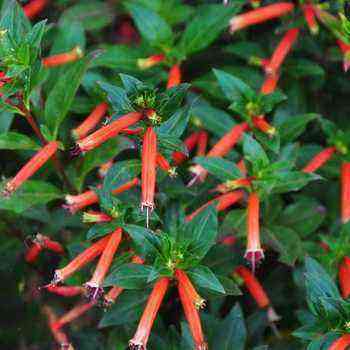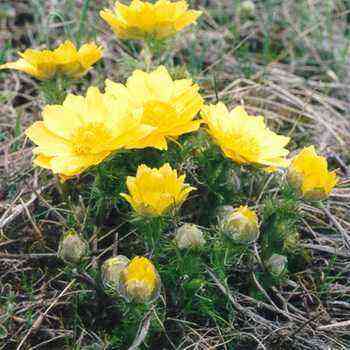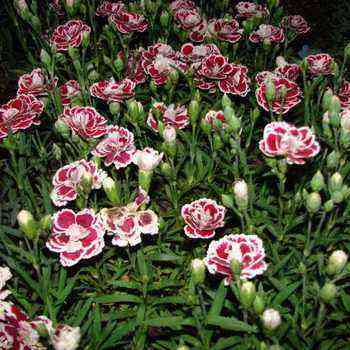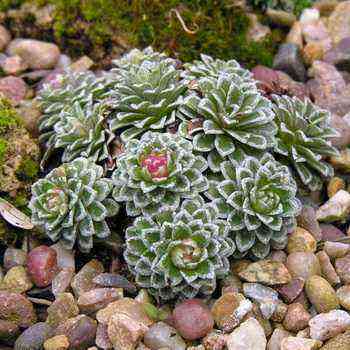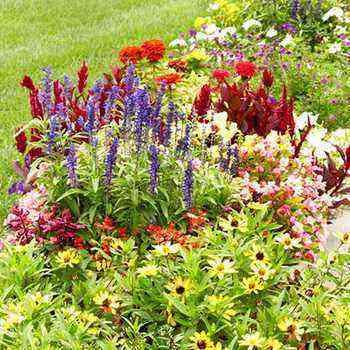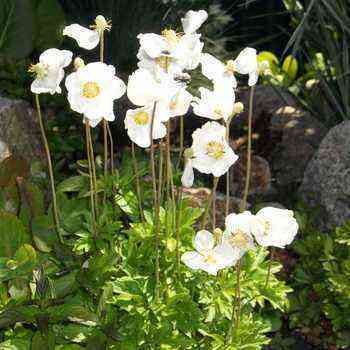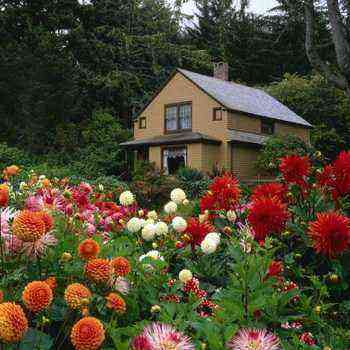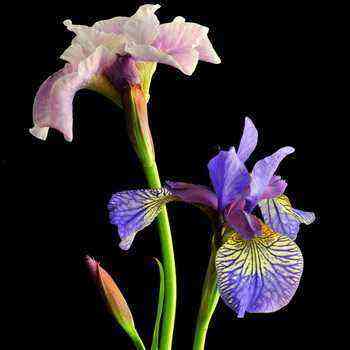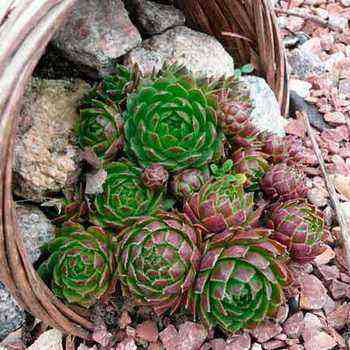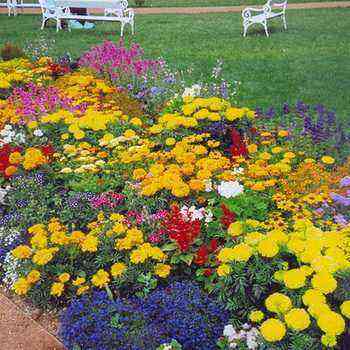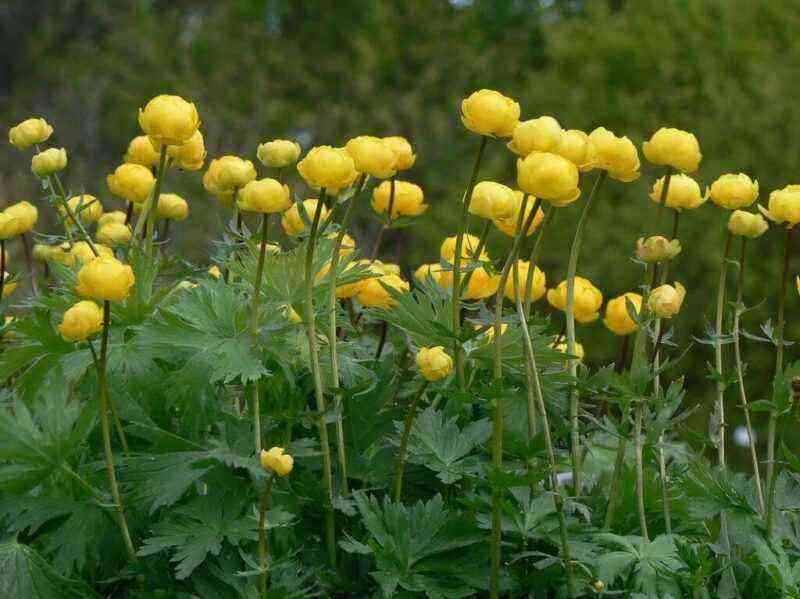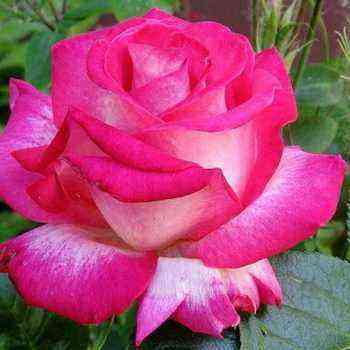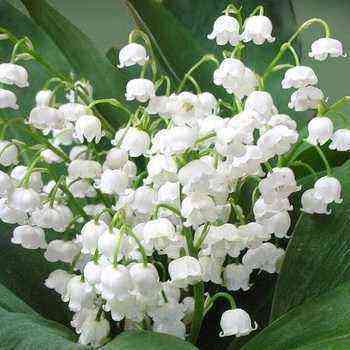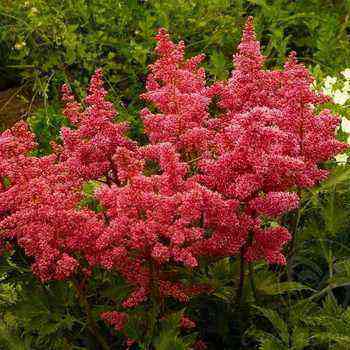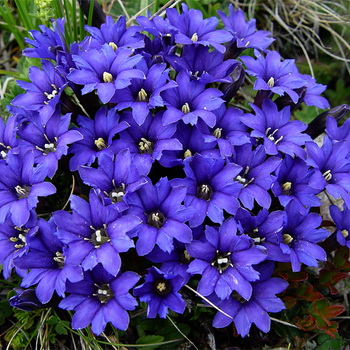 In pre-revolutionary reference books, the gentian flower was called nothing other than bitterness. This is explained by the bitter taste of the plant, the roots of which are used in Germany for the manufacture of alcoholic beverages, and the remaining parts are widely used in the pharmaceutical industry. The cultivation of gentian is practiced in almost every garden, especially if a rockery or rock garden is laid out on the site.
In pre-revolutionary reference books, the gentian flower was called nothing other than bitterness. This is explained by the bitter taste of the plant, the roots of which are used in Germany for the manufacture of alcoholic beverages, and the remaining parts are widely used in the pharmaceutical industry. The cultivation of gentian is practiced in almost every garden, especially if a rockery or rock garden is laid out on the site.
Gentians (Gentiana) – garden diamonds. Mysterious, rare, inaccessible. For example, many believe that gentians do not hibernate here. They hibernate, and how!
There are other rumors that planting and caring for gentians in the open field is incredibly difficult, they just don’t grow, you need to constantly conjure over them. Gentian is also believed to be very difficult to grow from seed.
But there are significantly less worries with them than, for example, with roses, dahlias or gladioli.
Growing perennial gentian in the garden
From the gentian blooming in summer, beautiful cascades are obtained. They are good for retaining walls and curbs.
And spring flowers – with neon-glowing blue flowers – will become the center of any composition. These are exquisite plants for which you need to carefully select the background and neighbors.
Miniature spring gentian plants are planted in rock gardens. These species form dense curtains. At the peak of flowering, the leaves are almost invisible behind the closely spaced glasses of flowers.
In the absence of love for rock gardens, tiny gentians can be grown along the edge of a curb or flower garden, along with ground cover plants. Actually, gentians are good everywhere, the main thing is that in the spring there is no water in the planting sites, and there is no drought in the summer. Fertile soils with lime content are preferred.
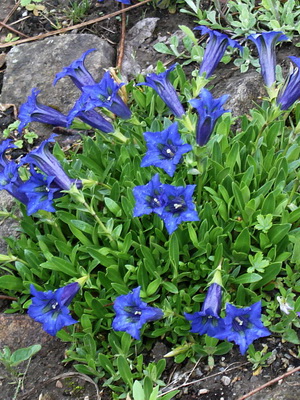
gentian stemless
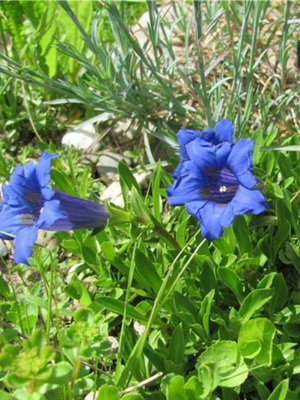
gentian dinar
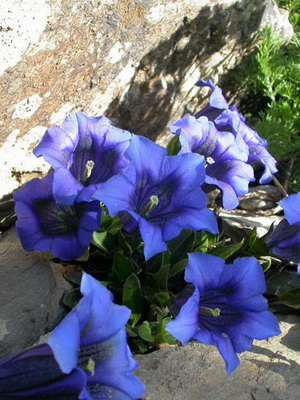
gentian Clues
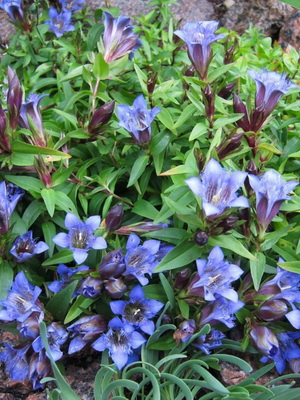
gentian angustifolia
Unusually beautiful and winter-hardy, and therefore the most popular are stemless gentian ( C. acaulis ) and its closest relatives – dinar ( C. dinarica ), Clusaz ( C. clusii ) and angustifolia ( C. angustifolia ). These are species with tubular flowers (tube length reaches 7 cm).
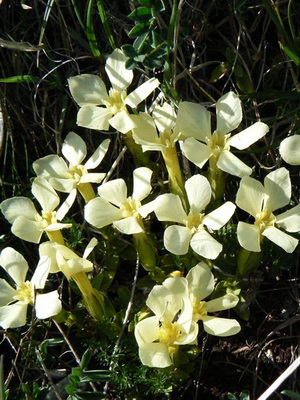
spring gentian

angular gentian
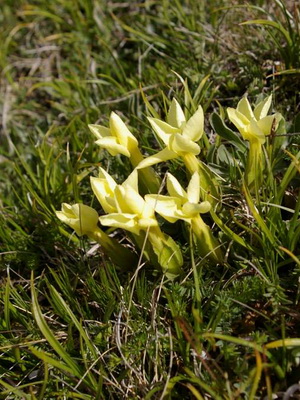
Oshten gentian

Oshten gentian in the photo
Another group of May gentians is of great value for fans of rock gardens – spring ( C. verna ), angular ( C. angulosa ), oshten ( C. oschtenica ) and some others.
Their flowers are quite small, but the flowering is extremely abundant. The Oshten gentian plant has a unique pale yellow color of flowers, and a subtle pleasant aroma.
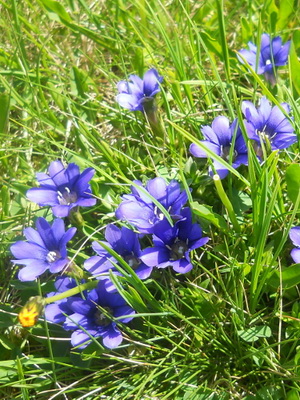
gentian jimil
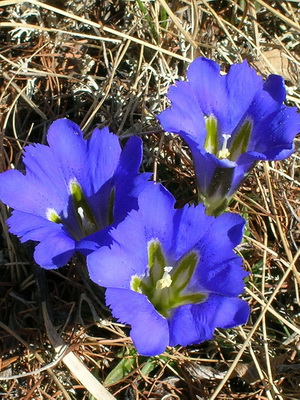
dzhimil gentian in the photo
The gentian genus is great. When describing gentians, it is especially worth noting the city of Dzhimil ( C. dshimilensis ), which grows in the Caucasus. It is a delicate plant with needle-like leaves and bluish-purple shining flowers. At home, it grows among cereals and blooms profusely. Unfortunately, it is extremely difficult to grow such a gentian in the Moscow region, and even more so to achieve flowering from it.
Perennial summer gentians have a different look. Their role in the garden is also different. They are larger, the flowers are not so bright.
Mostly they are planted in curbs or mixed flower beds. For example, at the moment of flowering, a large bush of gentian ginseng can become a luxurious dominant of the composition.
Species with drooping and arched shoots look beautiful when they hang from a retaining wall or hillock. Several species (cold gentian, semi-divided and amazing) are quite compact and are able to revive the summer rock garden with Color.

dahurian gentian

gentian seven-part
In June, gentians do not bloom, and in July, it is time for dahurian gentians ( S. dahurica ) with brushes of pale blue flowers and seven- split ( C. septemfida ). The latter, if it grows in partial shade and coolness, is capable of blooming until frost.
In August, there is another boom in gentian blooming.
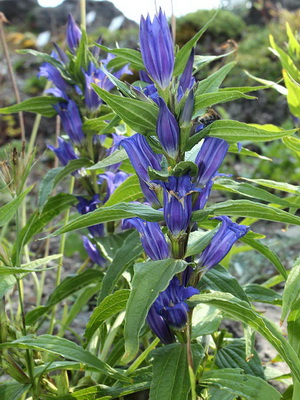
gentian gorse
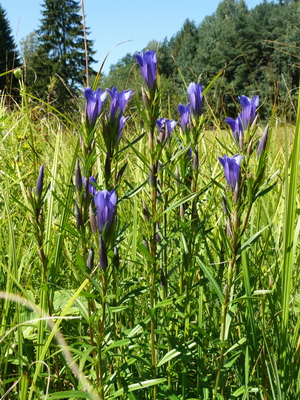
pulmonary gentian
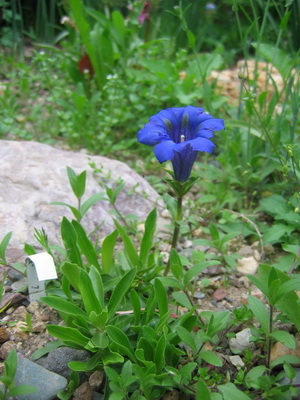
gentian amazing
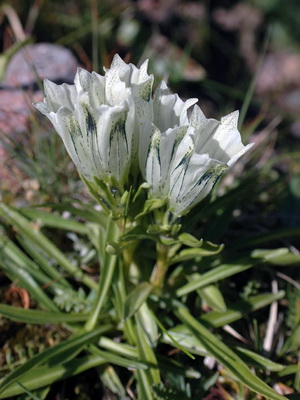
cold gentian
Here and the crotch gentian ( C. asclepiadea ) with a waterfall of blue flowers, and touching pulmonary gentian ( C. pneumonanthe ), And amazing gentian ( C. paradoxa ), and white, all in blue “freckles” cold gentian ( C. algida ).

gentian tricolor
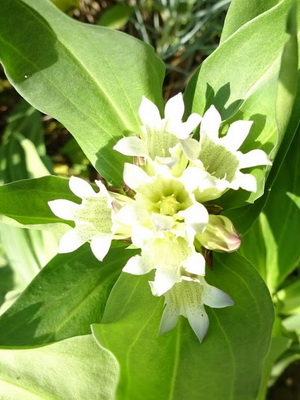
gentian tibetan
The three-flowered gentian ( C. triflora ) is interesting in that it almost does not open its flowers. However, they have a deep blue color. And the Tibetan gentian ( C. tibetica ) has wide, hosta-like leaves and a very powerful bush.
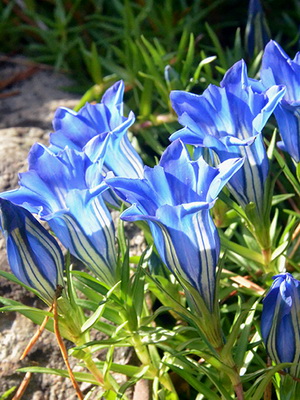
gentian sino-decorated

gentian sino-decorated pictured
The blue color in autumn is just a miracle. It is as a miracle that the flowering of the Sino-decorated gentian ( C. sinoornata ) is perceived . In summer, its delicate thin twigs with needle-like leaves are almost invisible, and suddenly, under the fallen leaves, spring-like blue delicate flowers open up. They are not afraid of frost at all. Often, the plant is covered with snow, and the tips of the petals stick out of it, like a dream of spring.
These photos show flowers of various types of gentian:
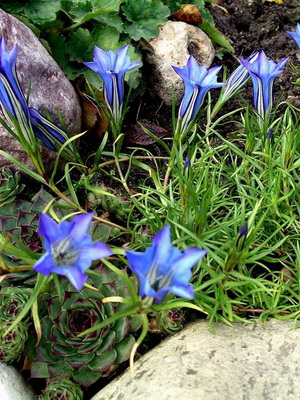
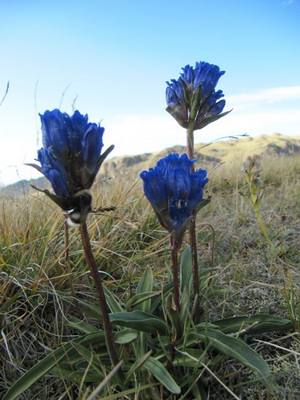
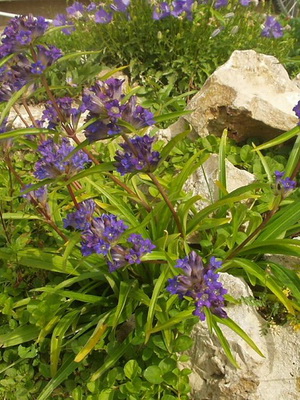
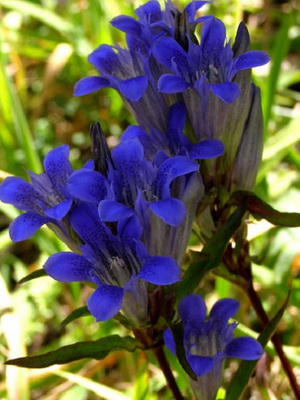
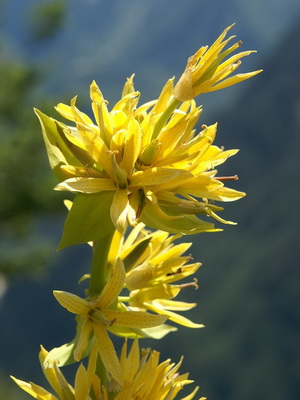

Planting and caring for a gentian plant in the open field
For the Chinese-decorated gentian, the neighborhood with the crocus ‘Waterlily’ turned out to be unexpectedly successful. It is not only synchronous flowering that pleases me. While the gentian leaves grow, the ground is covered with autumn crocus leaves. And vice versa, when the leaves of the colchicum dry out, the gentian bushes just fluff.
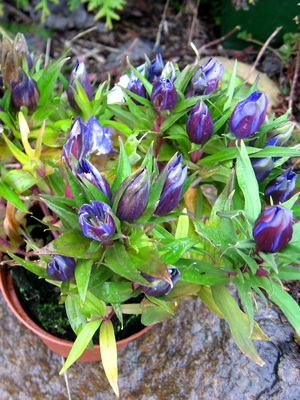
gentian rough
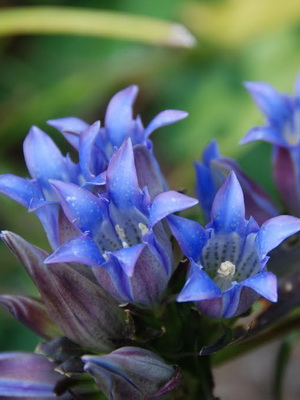
gentian rough in the photo
The rough gentian ( C. scabra ) has white, blue or pink flowers. Strictly speaking, a certain hybrid is being sold under this name, the origin of which is difficult to determine. I have this gentian, as they say, did not go: the bushes either do not hibernate, or do not have time to bloom. Some enthusiasts obtained seeds from purchased plants and grew more resistant specimens from them. Unfortunately, the offspring lost one of the important properties of the mother plant – the compactness of the bush.
Gentian cuttings are also possible. Plants are cut at a strictly defined moment – in the spring, at the beginning of the growing season. Cuttings are broken off at the very root. It is easier with the Chinese-decorated gentian: its shoots take root upon contact with the ground, so in the middle of summer I must press them in several places with lumps of earth or pebbles. By next year, the cuttings will become independent plants.
Gentians prefer moderation in everything. The landing site should be chosen so that it is cool, not too humid and not too dry.
In the shade, gentians stop blooming and stretch out strongly. Mountain views must be protected from the scorching sun. You can plant a dwarf coniferous plant on the south side. Gentian only benefit from the neighborhood with conifers.
Another option is to plant a large tree on the periphery of the crown, which at noon will not let the burning sun’s rays pass.
Look at the photo of planting and caring for gentians in the garden:

